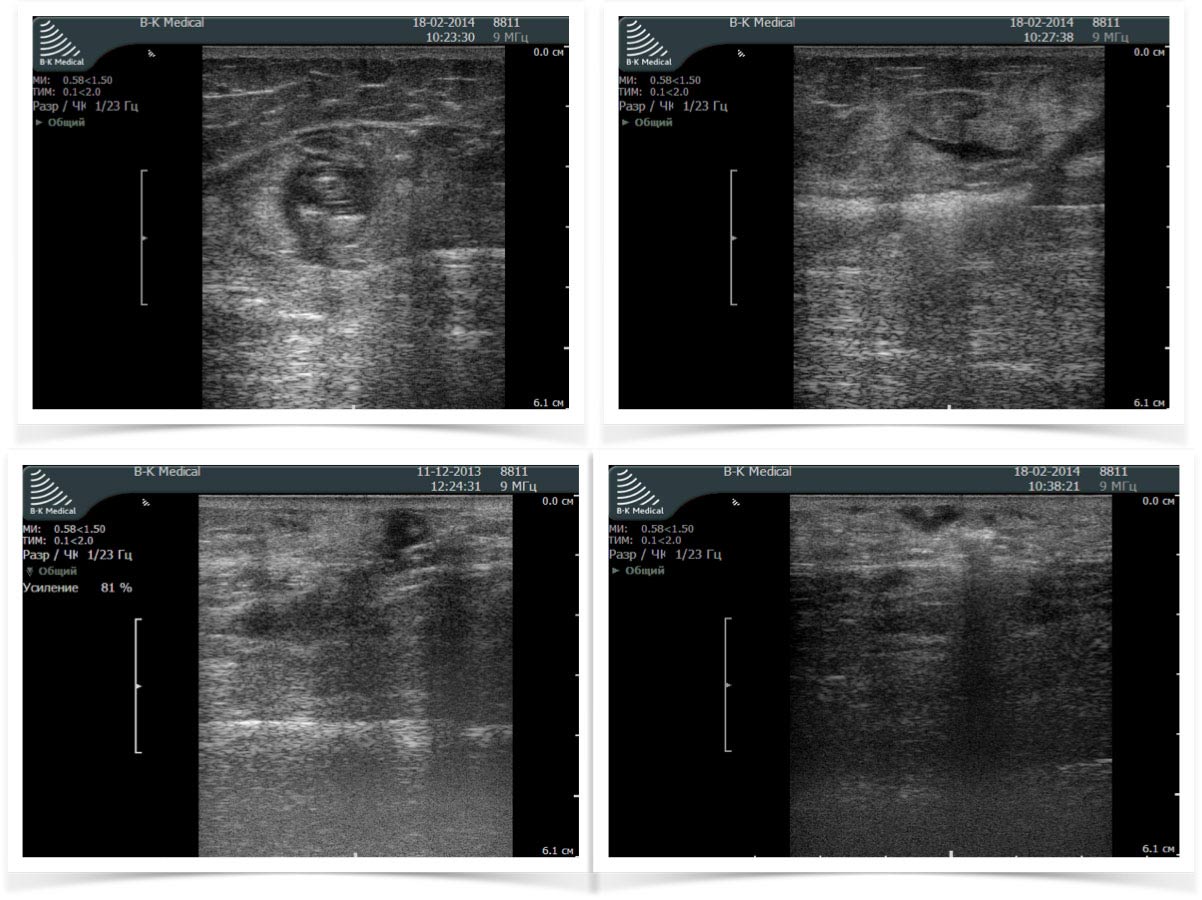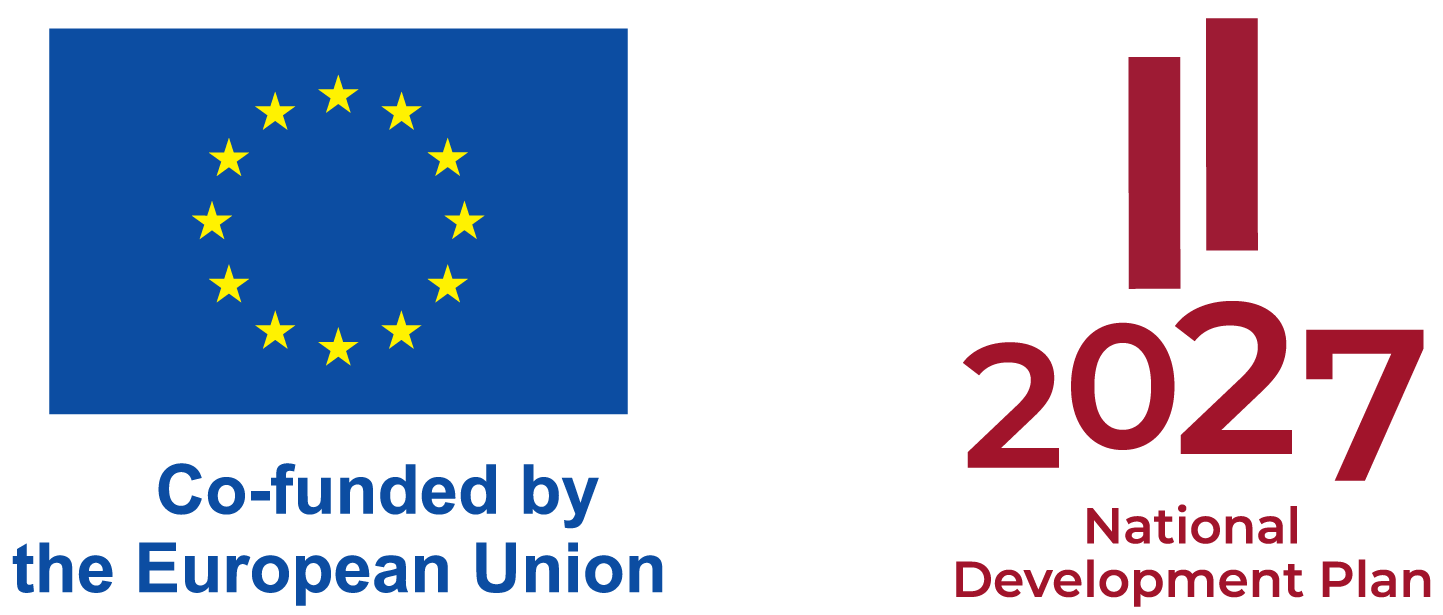Varicose veins
Laser Treatment
Endovenous coagulation of varicose veins
Prior to the late 1990s, the gold standard for the treatment of refluxing truncal veins was stripping and high ligation.
The shift towards endovenous treatments for venous reflux is partly attributable to the reduced morbidity as well as the increased safety and efficiency of these procedures compared to open surgery and the ability to perform the procedure on an outpatient basis.
The importance of thermal relaxation time has been pointed out in laser dermatology. However, pulse duration and thermal relaxation time have rarely been noted in the field of endovenous laser coagulation (EVLC). The efficacy of EVLC is considered to be affected by the linear endovenous energy density or the endovenous fluence equivalent.
However, in addition to the amount of energy, the time of its delivery also plays a key role. EVLC using a pulsed wave laser causes fewer side effects in contrast with continuous-wave laser. Enough short pulse duration and sufficiently long thermal relaxation time help to avoid excessive temperature rise leading to thermal injury to surrounding tissues and rupture of the vein wall.

We offer a 1.44 µm pulsed laser with a high pulse repetition rate. It allows to coagulate a vein without overheating a fibre laser tip therefore eliminating the risk of vein wall rupture.
Spectral, energy and duration parameters are optimised in such a way that a vein coagulates at energy doses from 30 to 50 J per centimetre, which limits the areas of thermal damage to soft and hard tissues in contact with the vein. This makes the method minimally traumatic as well as significantly reduces downtime and pain.
-
Related products:
MULTILINE™
Nd:YAP long Laser Head (1079nm, 1340nm, 1440nm)

